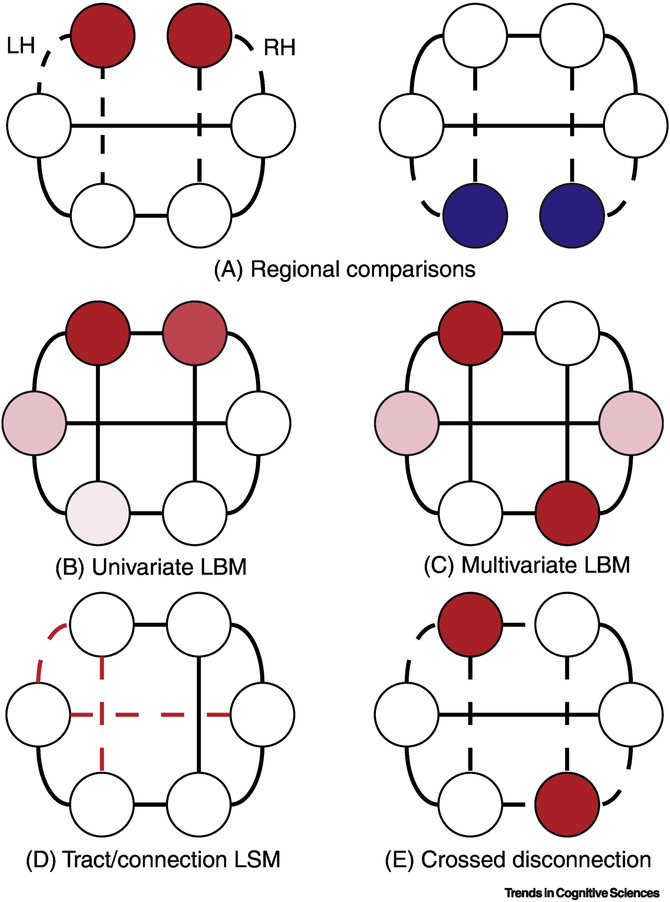Figure 2: Schematic of different lesion methodologies in a schematic brain network.
In this network, each circular node represents, solid lines represent connections between these regions and dashed lines indicate broken connections between regions caused by a lesion. Nodes are mirrored on the left and right side, representing homologous regions in the right and left ‘hemispheres’ (LH/RH). a. Comparisons between groups with damage to different regions (red and blue nodes) can be used to infer the necessity of these regions for cognitive functions. b. Rather than rely on a priori groups, univariate lesion-behavior mapping (LBM) tests the association of damage with a function across a set of regions, yielding a continuous statistical map for the effect of damage at each location (i.e., the graded colored nodes) c. Multivariate LBM tests the association between a pattern of damage in multiple regions and an observed deficit rather than just any particular region. This method is thus more sensitive to distributed regions that may contribute to some function (i.e., multiple dark red nodes). d. Tract, or connection-based LBM instead tests how damage to specific connections within this network (i.e., red dashed lines) affect function. e. In NHPs, crossed unilateral lesions may be used to ensure that specific regions cannot interact within a hemisphere, allowing inferences about the necessity of this interaction for function.

